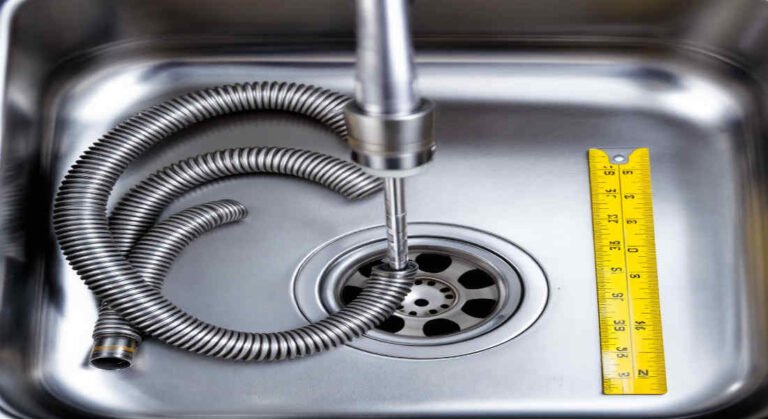Clogged kitchen drains are a common household issue. Whether it’s food scraps, grease, or soap buildup, these blockages can disrupt your daily routine and lead to costly plumbing bills if not handled properly. One of the most effective tools for clearing these clogs is a drain snake; however, choosing the right size snake is crucial to completing the job efficiently and without damaging your pipes.
Understanding Kitchen Drain Systems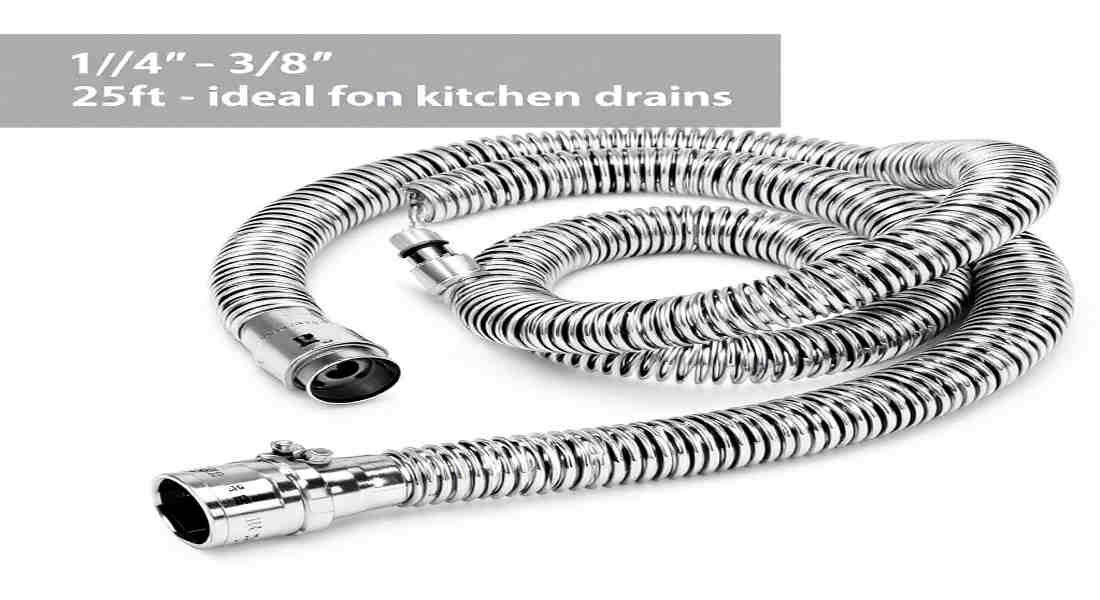
To effectively clear a clogged drain, it helps to first understand your kitchen’s plumbing system.
Anatomy of a Home Kitchen Drain
The kitchen drain system consists of several components designed to carry water and waste away efficiently:
- Kitchen Sink Drain Size: In the U.S., most kitchen sink drain openings are 3.5 inches in diameter. This is large enough to handle typical sink use but small enough to prevent larger debris from entering the pipes.
- Pipe Diameters in Kitchen Plumbing: Kitchen drain pipes typically range in diameter from 1 to 2 inches. These relatively narrow pipes are what make clogs so common, as they are prone to blockages from food waste and grease.
- Traps and Bends: Your kitchen drain includes a P-trap—a U-shaped bend in the pipe designed to capture debris and prevent sewer gases from entering your home. However, this is also a common spot for clogs to form.
Common Causes of Kitchen Drain Clogs
Understanding what causes clogs can help you avoid them in the future. The most frequent culprits include:
- Food Scraps: Even with a garbage disposal, larger pieces of food can cause blockages.
- Grease and Oil: These substances solidify as they cool, sticking to pipe walls and narrowing the flow of water.
- Soap Buildup: Over time, soap residue can create sticky deposits that trap other debris.
- Foreign Objects: Small items, such as utensils or bottle caps, can accidentally fall into the drain and cause blockages.
What Is a Drain Snake?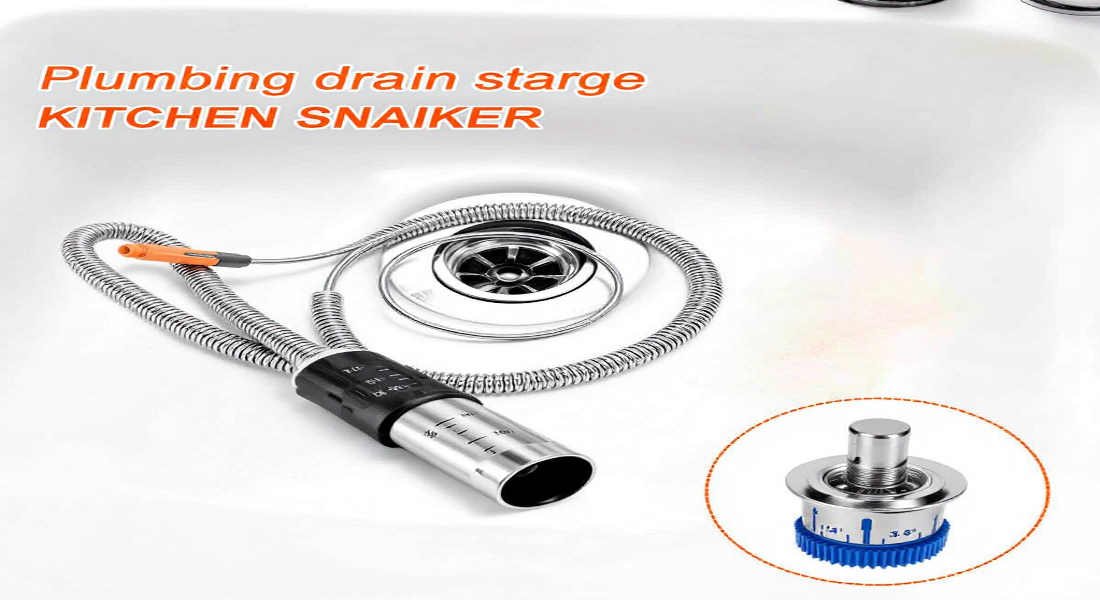
If you’re new to DIY plumbing, you might be wondering: what exactly is a drain snake, and how does it work?
You may also read ().
Definition and Function
A drain snake, also known as a plumbing auger, is a long, flexible cable designed to clear clogs from pipes. It works by breaking up or removing blockages as it is fed into the drain. Some snakes are operated manually, while others are powered for more challenging clogs.
You may also read (understanding home kitchen faucet).
Types of Drain Snakes for Home Use
There are various types of drain snakes, each suited to specific tasks:
- Top Snakes: These compact, easy-to-use tools are perfect for small clogs in sinks and showers.
- Medium Snakes: With longer cables, these are ideal for kitchen or bathroom drains that have more stubborn clogs.
- Toilet Augers: These are designed specifically for unclogging toilets and should never be used in a kitchen drain.
- Heavy-Duty Snakes: These larger, motorised tools are intended for clearing main sewer lines and are not suitable for use in kitchens.
What Size Snake for Home Kitchen Drain?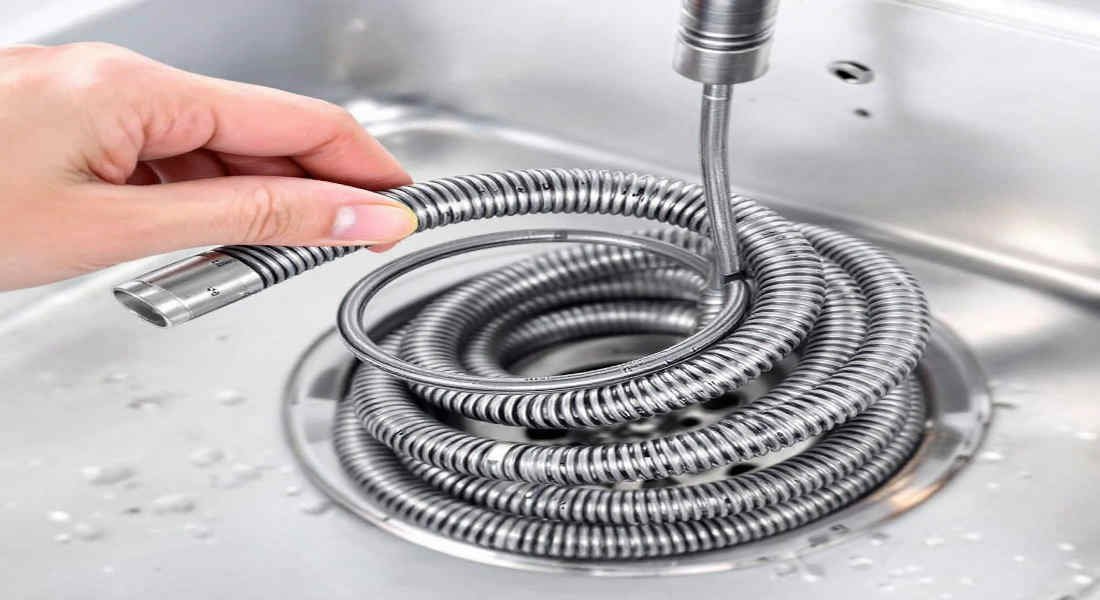
Choosing the right size drain snake is crucial for effectively removing clogs. Using a snake that’s too small may not clear the blockage while using one that’s too large could damage your pipes.
Recommended Snake Sizes for Kitchen Drains
For most kitchen drains, the following sizes are recommended:
- Cable Diameter: 1/4 inch or 5/16 inch. These sizes are thin enough to navigate tight bends in kitchen plumbing but strong enough to clear typical clogs.
- Length: 15–25 feet. This is sufficient to reach most clogs located within the kitchen drain system.
Using the wrong size snake can lead to problems:
- Too Small: It may not effectively break up the clog.
- Too Large: Can damage the pipe walls or get stuck in smaller pipes.
Matching Snake Size to Pipe Diameter
It’s important to match the snake size to your pipe diameter. Here’s a quick reference:
Pipe Diameter Recommended Snake Size Typical Use Case
1–1.5 inches 1/4” Standard kitchen drains
1.5–2 inches 5/16” Kitchen or laundry lines
2–3 inches 3/8” Large residential lines
For the average homeowner, a 1/4-inch or 5/16-inch snake will handle most kitchen drain clogs.
How to Select the Right Snake for Your Kitchen Drain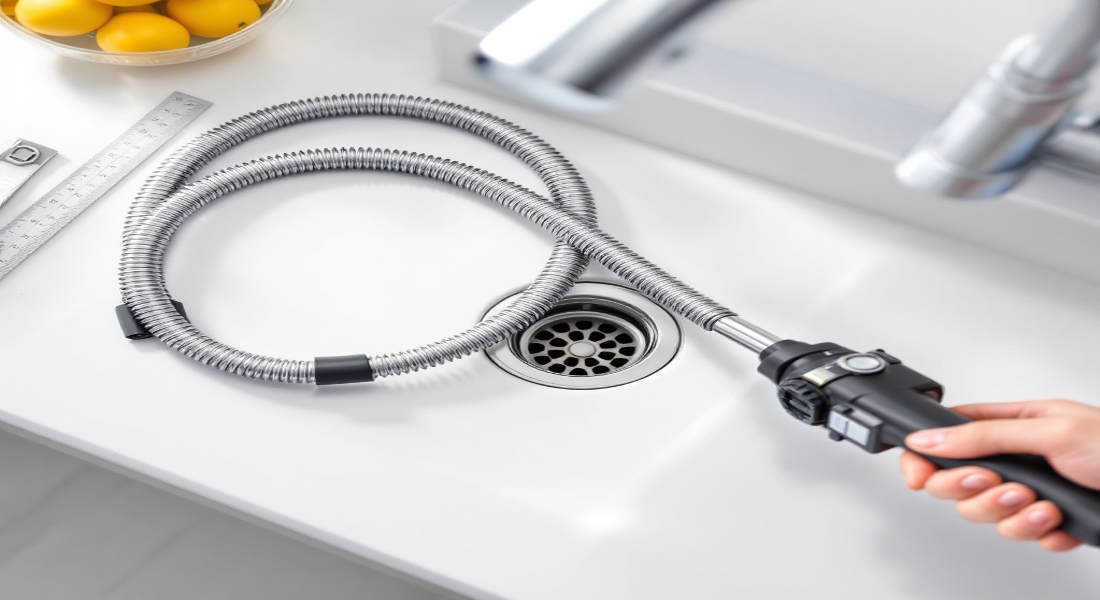
Choosing the right snake involves assessing the clog, considering your pipes, and deciding between manual and powered options.
Assessing the Clog
Before choosing a snake, determine the nature of the clog:
- Shallow Clogs: If water is draining slowly but not completely blocked, the clog is likely near the drain opening and can be cleared with a shorter snake.
- Deep Clogs: Water that doesn’t drain at all may indicate a blockage further down the pipe, requiring a longer snake.
Considering Drain Material and Condition
The material and age of your pipes should also influence your choice.
- PVC Pipes: These are commonly used in modern homes and can handle most drain snakes; however, avoid excessive force to prevent cracks.
- Older Metal Pipes: Be cautious with manual snakes, as these pipes may be more fragile.
Manual vs. Powered Snakes
- Manual Snakes: These are budget-friendly and ideal for smaller clogs. They require some elbow grease but are less likely to damage your pipes.
- Powered Snakes: These tools are more efficient for tougher clogs but must be used carefully to avoid damaging pipes or causing injury.
Step-by-Step Guide: Using a Drain Snake in Your Kitchen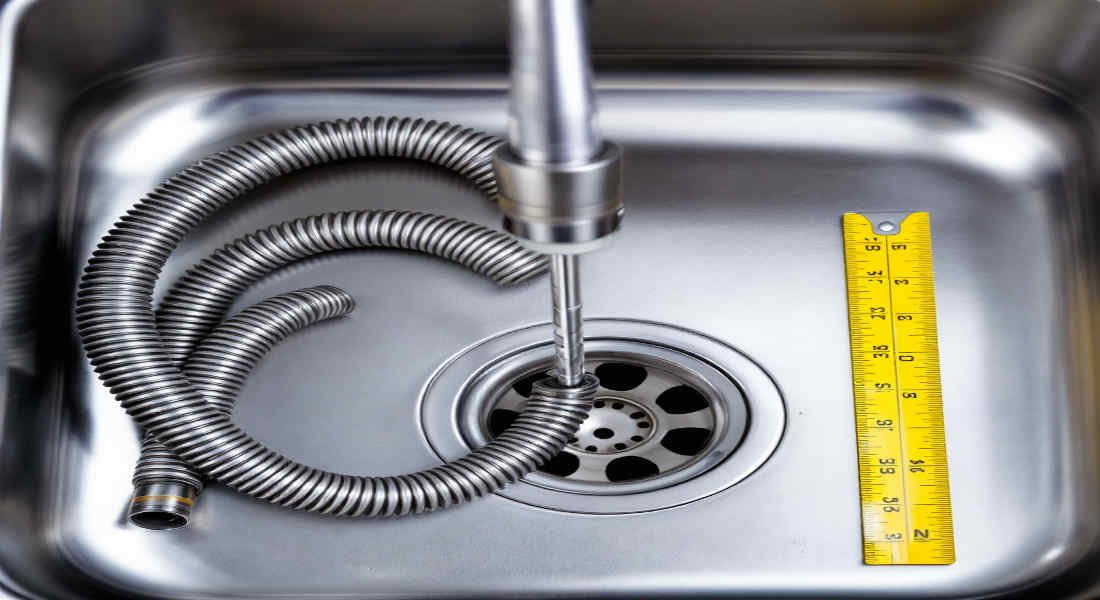
Preparation
- Gather Tools: You’ll need a drain snake, gloves, goggles, and a bucket.
- Remove the Trap: If the clog is located beyond the P-trap, remove it to access the drain pipe.
Snaking the Drain
- Insert the snake into the drain slowly.
- Turn the handle to feed the cable through the pipe.
- Once you encounter resistance, rotate the snake to break up the clog.
- Pull the snake out to remove debris.
Post-Cleaning Steps
- Flush the drain with hot water to clear the remaining debris.
- Reassemble the trap and check for leaks.
Troubleshooting: When the Snake Doesn’t Work
Even with the right snake, some clogs may persist.
Common Issues and Solutions
- Snake Can’t Get Past the Trap: Try removing the P-trap and starting again.
- Cable Gets Stuck or Kinked: Reverse the snake and gently pull it out.
- Clog Remains: The blockage may be too severe, requiring professional assistance.
When to Call a Professional
If repeated snaking attempts fail or you suspect pipe damage, it’s time to seek expert help.
Maintenance Tips to Prevent Future Clogs
Preventing clogs is easier than removing them.
Regular Cleaning Habits
- Avoid pouring grease, coffee grounds, or fibrous materials down the drain.
- Rinse your sink with hot water after each use to flush out debris.
Using Enzyme Cleaners and Hot Water
Enzyme-based drain cleaners are a safe alternative to harsh chemicals. Use them monthly to dissolve buildup.
You may also read (guide to selecting home wreaths for kitchen cabinets).
